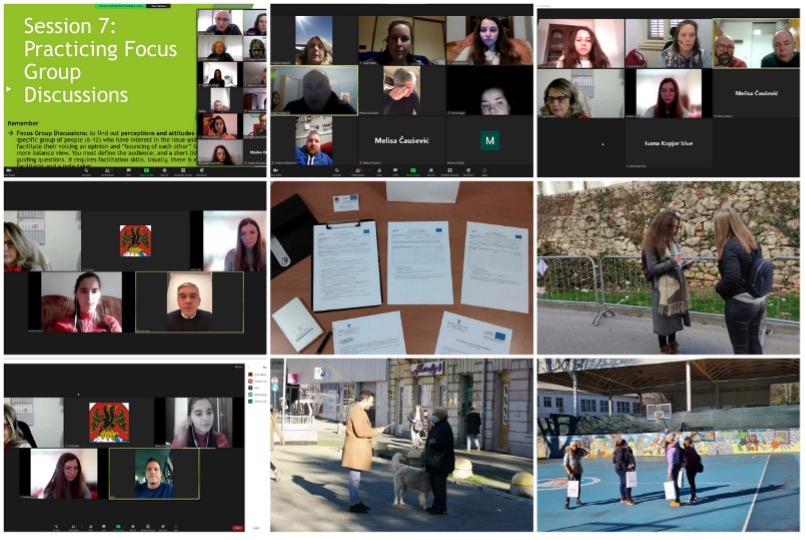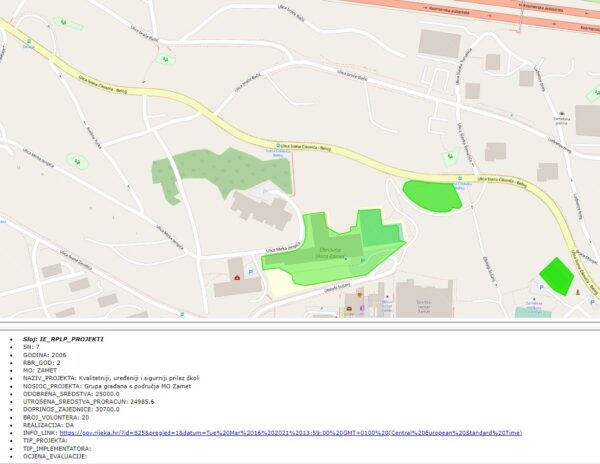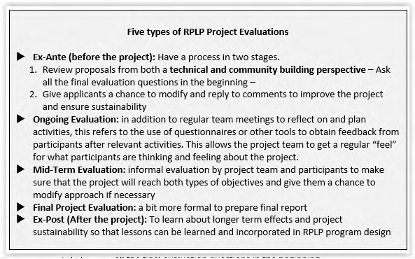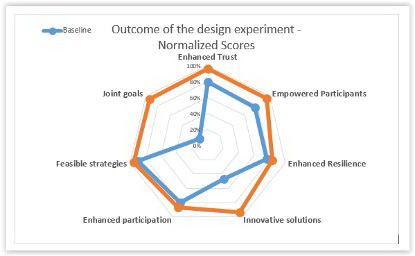
The City of Rijeka carried out a design experiment to explore new ways to involve citizens in the design and implementation of the City of Rijeka Local Partnership Program (RPLP).
RPLP has been identified as the most appropriate case to encourage further co-creation with citizens. Namely, since 2005, 106 projects have been implemented within this program, led by citizens, associations, sports clubs and local committees. The programme includes projects such as the design, management and construction of playgrounds, parks for children, green spaces and improvements in local schools.
The objectives of the design experiment were to:
- Make information on previous RPLP projects more accessible to citizens;
- Involve citizens in the process of selecting RPLP projects for funding;
- Co-create a new evaluation framework for RPLP projects with citizens and stakeholders.
To increase the co-creation process within RPLP, an expert team was formed in October 2020 consisting of two COGOV researchers and three experts in the field of participatory governance (the lead local government manager for RPLP, an external expert consultant, an NGO consultant with prior involvement in RPLP development).
The team met to identify current obstacles to co-creation and to discuss ways to improve the RPLP program. As a result, three design experiments areas of improvement were proposed:
- To create a database repository and a GIS map of all the projects funded under RPLP
- To change the composition of the project selection committee by including active citizen(s) to the committee
- To implement a more consistent evaluation process within the yearly RPLP procedure.
The final aim was to create detailed and contextual knowledge of what works when it comes to the strategic efforts of public actors to spur co-creation.
These are the results:
 Online repository and a GIS map of RPLP projects
Online repository and a GIS map of RPLP projects
An RPLP data repository has been built as a part of the City of Rijeka e-Services portal. Also, a GIS database was built and published on a web map. The availability of GIS data provides citizens with the opportunity to estimate the spatial distribution of the local projects funded by the city.
Including active citizen(s) to the project selection committee
As a result of the design experiment, two active citizens with previous experience in RPLP projects were included in the selection committee starting with the year 2022. The updated Policy on the method of financing the RPLP activities containing a new composition of the project selection committee was adopted by the City Council.
 Implement a more consistent evaluation process within the yearly RPLP procedure
Implement a more consistent evaluation process within the yearly RPLP procedure
While the RPLP granting process already included guidelines and criteria, staff monitoring and field visits, and participant reporting, it lacked a more formal evaluation process and a way to compare the success of various projects.
It was, therefore, proposed that co-creation would focus on a participatory development to improve the evaluation framework for individual RPLP projects. An evaluation framework includes the objectives of evaluation, by type of evaluation; key evaluation questions; a process for data collection, analysis, and presentation; a scoring system; a methodology for sharing, reflection and learning; and an indication of how evaluation results and learning will be used in program modification.
In order to jointly create an improved evaluation framework, 145 on-site surveys, 8 interviews with key informants and 2 focus group discussions were conducted.
 Measuring outcomes
Measuring outcomes
Although the initial survey among RPLP stakeholders has already shown a high level of trust, empowerment, resilience, participation, and the formulation of feasible strategies, all of these dimensions have improved as a result of the COGOV experiment. Two areas that were initially less developed, the production of innovative but feasible policy or service solutions, and the joint formulation of goals that motivated actors to work together, showed dramatic improvements. Indeed, design experiments have managed to produce an innovative jointly created evaluation framework for the City, and have achieved and even surpassed jointly formulated goals.

